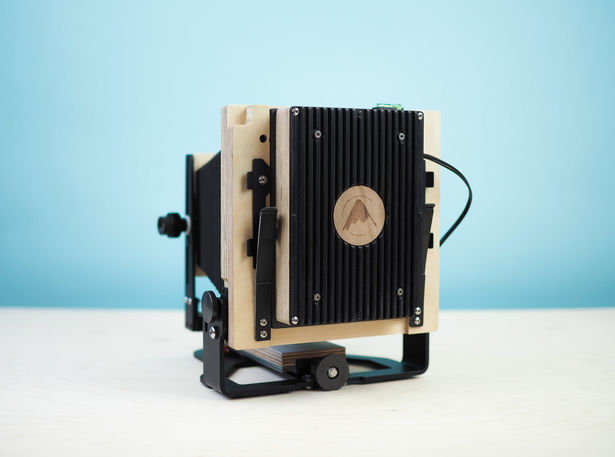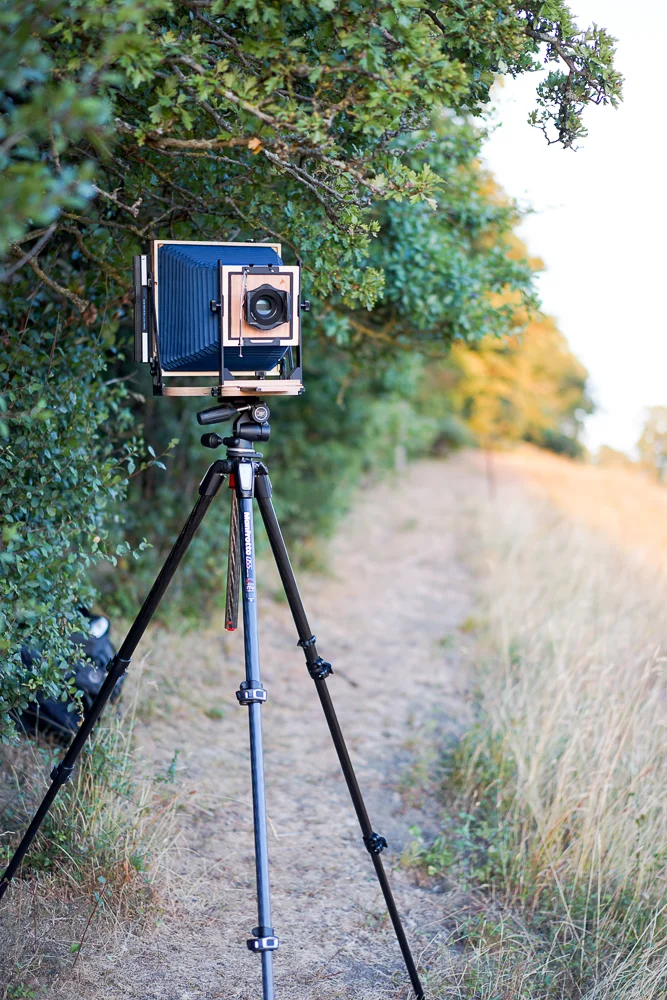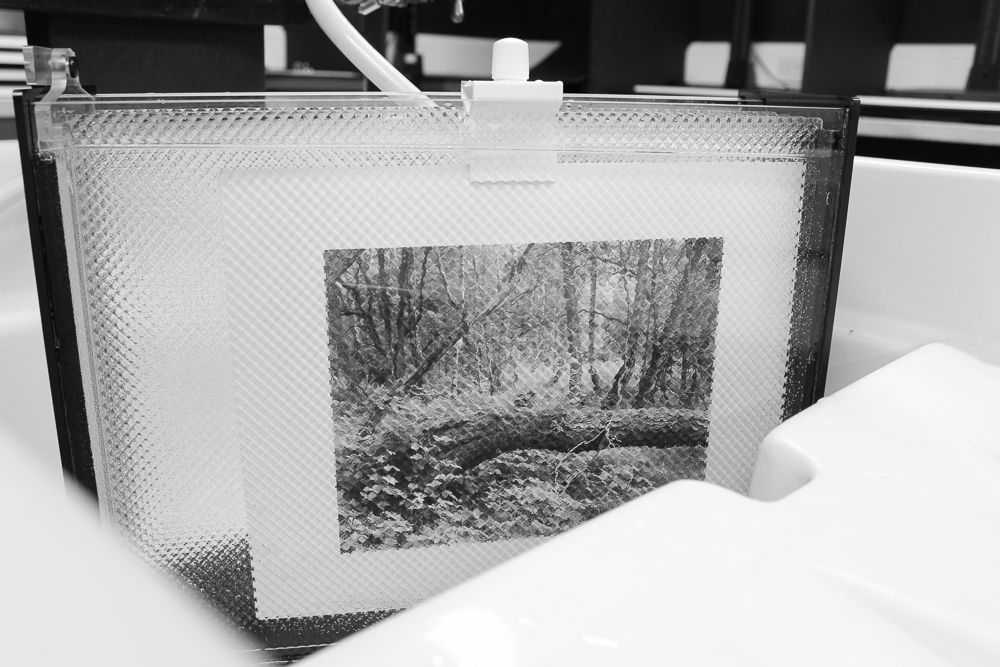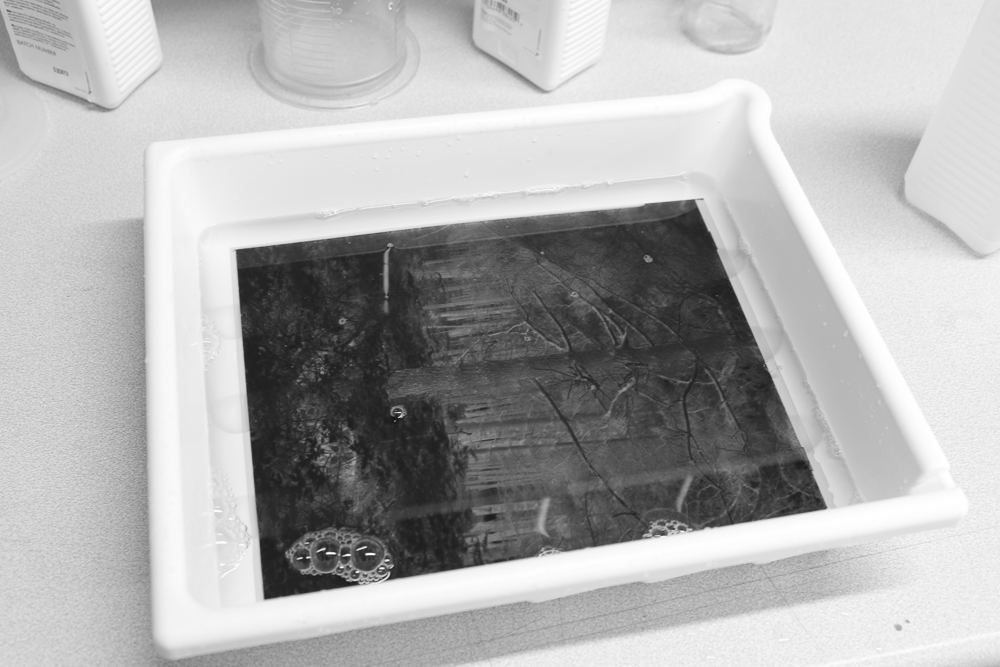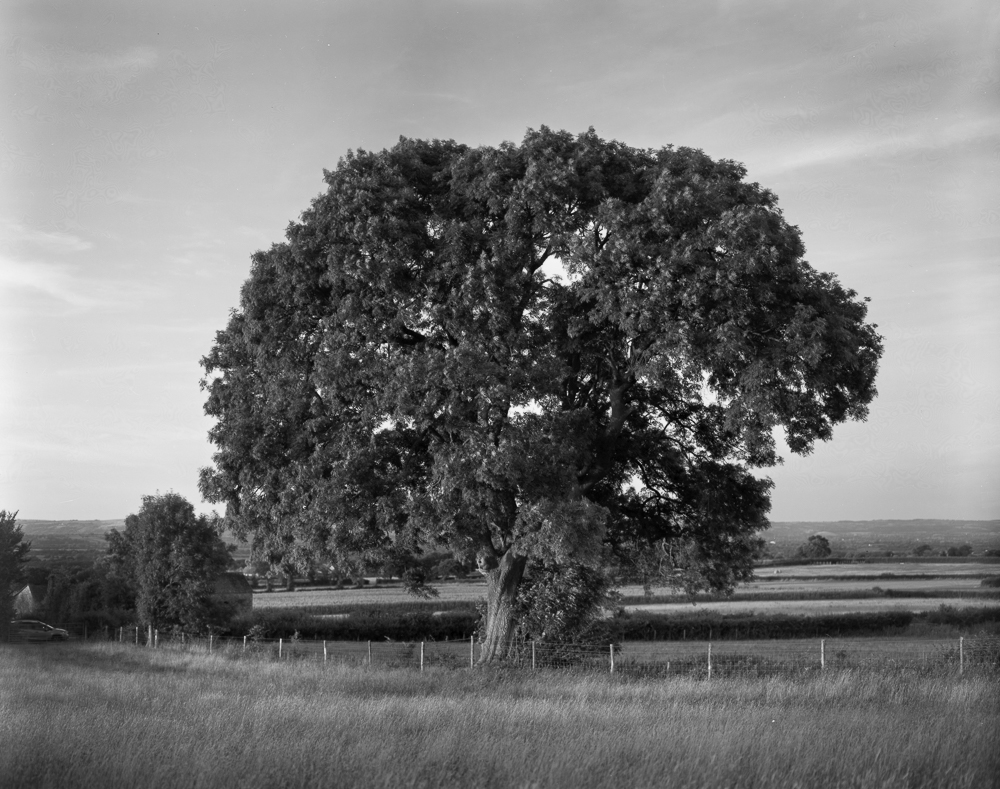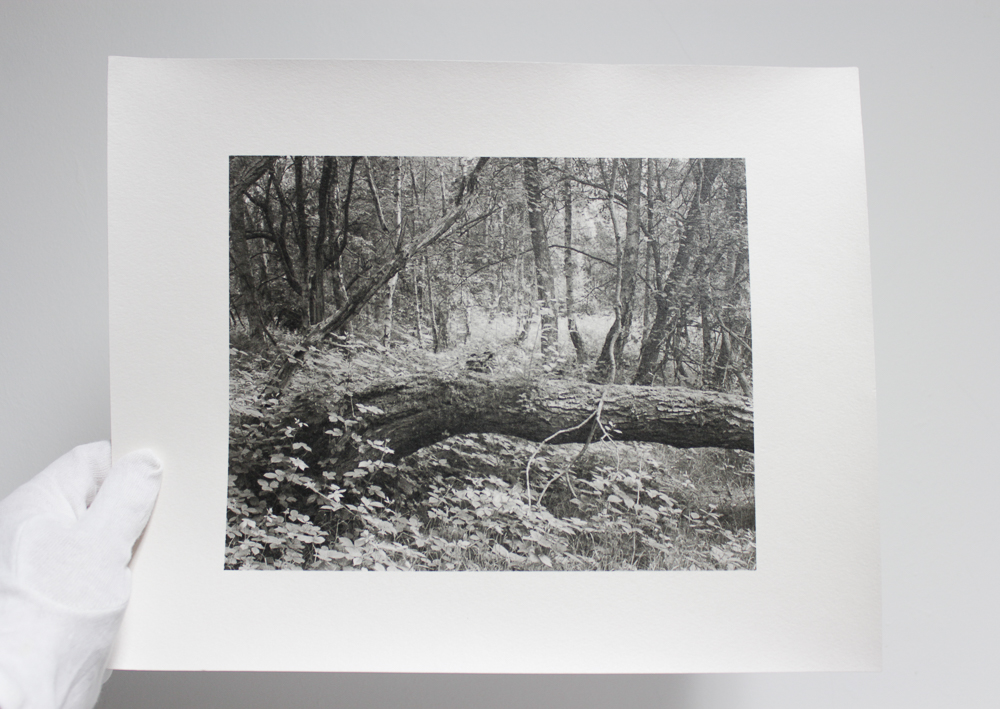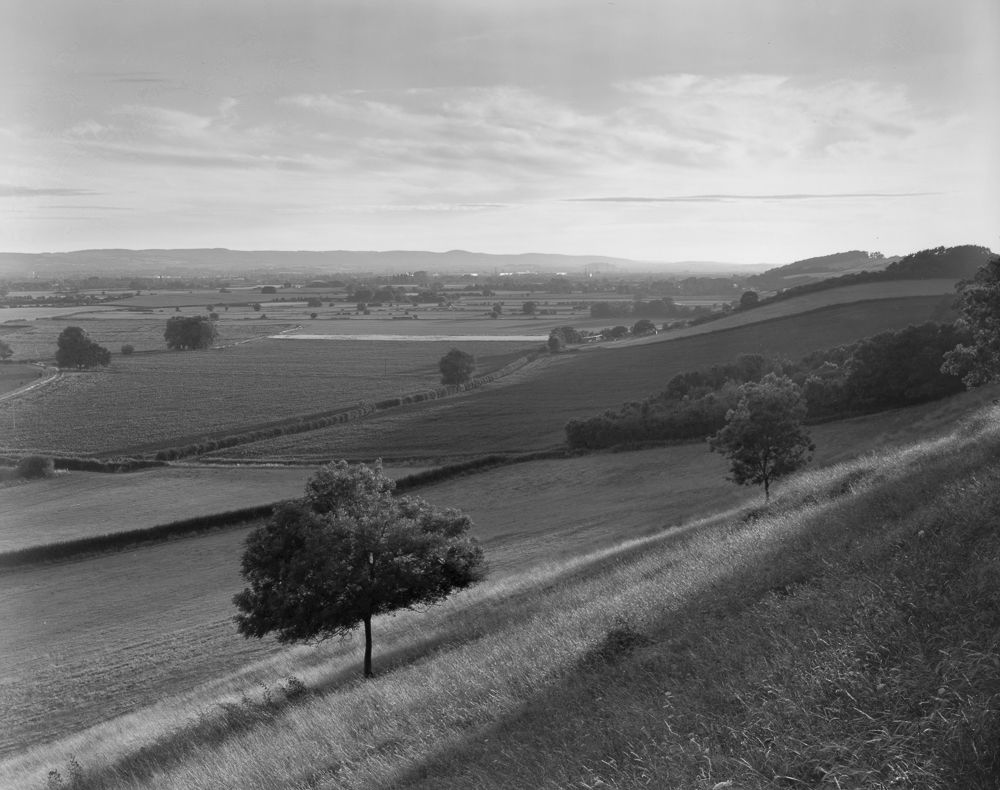The critical reviewer of cameras sometimes treads a fine line, especially with something like this wooden camera where there may be variations between samples. I only have the one camera, paid for by my own money, and so the reader should be warned that some of what I write may apply only to my specific example. At any rate, I know that Intrepid are extremely receptive to feedback and already have a sound track record for improving their products (the 5x4 is currently on its third iteration). I write in the spirit of critical feedback and ongoing improvement.
When I first received my camera, the focusing was not very smooth. I applied a little extra machine grease to the mechanism and ‘exercised’ it a few times to loosen it up. There is no doubt that it works fine (because I have tested it in the field), but I do still have the impression of the teeth ‘missing’, at certain points, as the focus is turned. Perhaps there is scope to add more precise metal parts to this area, which does have to move a large section of wood (by contrast the 5x4 moves a very small panel and the plastic parts have no problem at all in providing a very smooth operation).
When I made my first exposure I realised I had a light leak. At first I thought it was an issue in the darkroom, but then it struck me that the shape on my negative pointed to light inside the camera. A quick check with a torch in total darkness confirmed what I suspected, and I resolved the problem with a little glue on the bellows. I have had no light leaks since, but the incident taught me early on to check for leaks before any substantial expeditions. This is an element of good practice with large format, although Intrepid may wish to give thought in the long-run to how their bellows are attached. Perhaps a mechanism other than glue will exceed the brief and price-point of the camera, I don’t know. Again it’s worth stressing that I’m writing about my copy and other Intrepids may not see this issue.
It is important to scrutinise the camera, but now I must write of pleasures. Of the pleasures of 10x8 as a format and of using this simple, wonderful camera that looks good on the eye and even smells pleasant! There was more to my desire to shoot 10x8 than camera envy, or a wish for capricious change; I have long wanted to shoot 10x8 so that I could make contact prints. Readers of this blog will be familiar with my obsessions with the print, and indeed with the aesthetics of film, so what could be more attractive for me than the promise of a film format that could potentially deliver prints of the very highest order.

